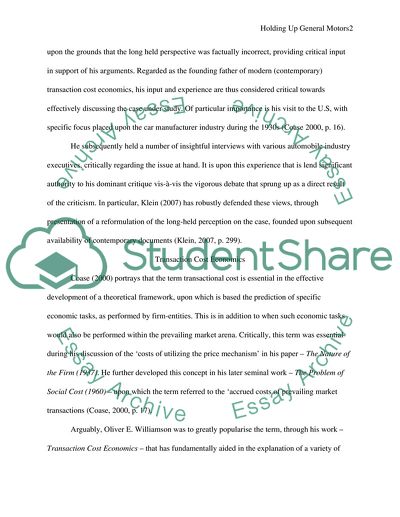Cite this document
(“Holding up General Motors Literature review Example | Topics and Well Written Essays - 2000 words”, n.d.)
Holding up General Motors Literature review Example | Topics and Well Written Essays - 2000 words. Retrieved from https://studentshare.org/macro-microeconomics/1670706-holding-up-general-motors
Holding up General Motors Literature review Example | Topics and Well Written Essays - 2000 words. Retrieved from https://studentshare.org/macro-microeconomics/1670706-holding-up-general-motors
(Holding up General Motors Literature Review Example | Topics and Well Written Essays - 2000 Words)
Holding up General Motors Literature Review Example | Topics and Well Written Essays - 2000 Words. https://studentshare.org/macro-microeconomics/1670706-holding-up-general-motors.
Holding up General Motors Literature Review Example | Topics and Well Written Essays - 2000 Words. https://studentshare.org/macro-microeconomics/1670706-holding-up-general-motors.
“Holding up General Motors Literature Review Example | Topics and Well Written Essays - 2000 Words”, n.d. https://studentshare.org/macro-microeconomics/1670706-holding-up-general-motors.


